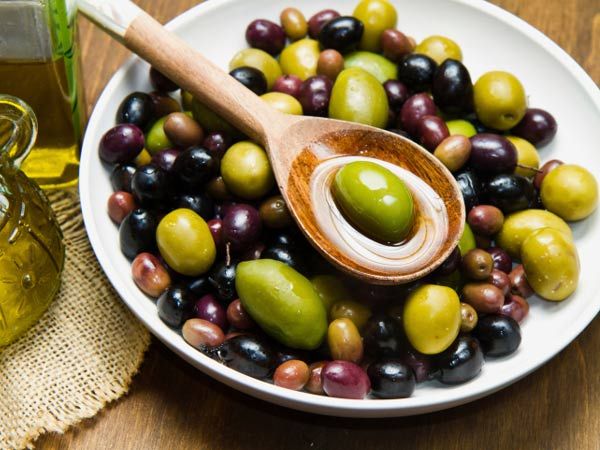
A few years ago, while on holiday in Turkey, I happened to stay a couple of nights at Sirince, a charming 15th century hillside Greek village with 600 inhabitants of Greek descent still firmly planted there.
On the first day, on a walk in the pretty substantial estate that surrounded our beautiful boutique hotel, I came upon many unseemly, stumpy trees. Obviously I didn’t think much of them until I was told that this collection of shorties was of olive trees. During my conversation with the manager, I learnt about some of its fascinating properties. The olive tree, apart from being capable of bearing fruit for many hundreds of years, is drought resistant, fire resistant and generally needs very little care and tending. In fact, the tree is so hardy that it can regenerate itself entirely from its roots, should it get completely destroyed!
My fascination for the fruit grew immeasurably after that. No wonder the olive was considered a super food! It is remarkable in every form, whether as a fruit, oil or even a piece of wood.
I tried to pluck one to eat, but was promptly stopped and told that the fruit is too bitter to be eaten raw and needs to be cured! And that solved one of the modern food mysteries for me about why we never see ANY raw olives by themselves in supermarkets. Bit like amla, I’d imagine which is used as ‘murabba’ or as a spicy cured snack to cut its sharpness, but not quite.
Although a foodie, my awareness of olives was limited to 3 – green, black and the la-di-dah kalamata (purple-ish in colour) but I learnt that there are several varietals (more than 200, apparently!) based on the ‘terroire’ (the famous French word used for wines) or the region.
As it turned out, the lady was a bit of an expert on the subject and since I was turning into an olive-o-phile with every passing minute, so I decided to spend some quality time just to understand the intricacies. You know, just to get a sense of how they used their olives every day. Across the Mediterranean, locals mostly cure their own olives and use them in various simple ways. Primarily, the greens are used as snacks or eaten in salads while the blacks are usually used whilst cooking.
Since olives are the chi-chi nibbles to serve at parties these days, I thought it might be a good idea to incorporate some basic usage tips here. For starters (pardon the pun), the basic difference between a green or black olive is essentially its stage of ripeness. Green are unripe and black are ripe. It’s that simple. And for the likes of you and me, a good way of using an olive is also equally simple. So while the olive is very versatile, generally, the greens work well as hors d’oeuvres and the blacks for cooking. And the purple Greek kalamatas work for both. And since they’re so versatile, we dropped a few kalamata & black olives in a bowl of hummus the other day and it was a hit at the party!
A good idea is also to understand which ones to serve, where. A green or kalamata which is cured or marinated in olive oil is a great bet for serving as a snack as against those soaked in brine. The oil adds a nice texture and goes very well with crusty bread and some dip. Another very easy party use is to make a tapenade. A simple dip made with finely chopped olives and mixing them with extra virgin olive oil, sundried tomatos and perhaps some fresh basil. Just use your favourite olives, and voila, you have a delicious, chic dip ready in a jiffy.
Rather than describing some exotic olives that aren’t to be found, I’d rather share some of the more popular and easily available olives here. Queen, Manzanilla, Picholine and the Kalamataare are great for serving as cocktail snacks and they’re tremendously healthy, too. Filled with good fats, marinated in oil, this is the food that the ancients cherished and revered. And they make you look good and feel good.
As for me, ever since I was served those delicious home cured olives for breakfast, I’vebeen happily chomping a few every morning. They get along famously with eggs, especially hard boiled ones. Do try.
More On >> Healthy Recipes
Image courtesy:©Thinkstock photos/ Getty images




